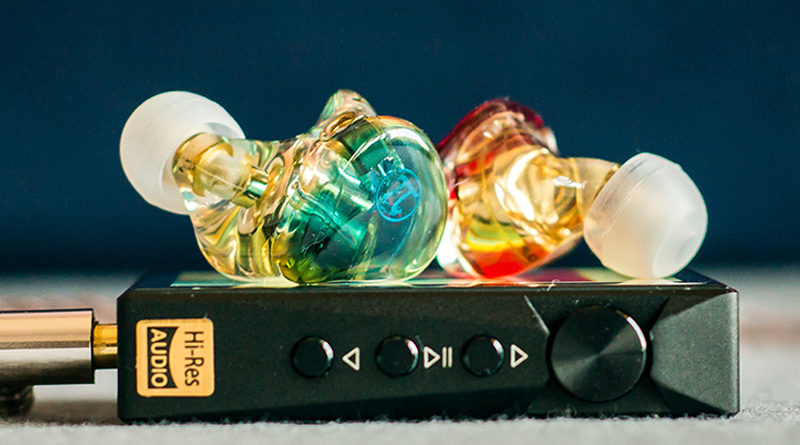Pai Audio DR2 — bassy soundstage


Want some lollipops? This is the first association that comes in mind with the look of Pai Audio DR2 IEMs. This model is a budget-friendly, almost the least expensive in π3.14 lineup and based on single dynamic driver units packed into beautiful custom-like shells. Googling for a while also brings the notion that most of the customer feedback and reviews are positive, therefore, not expecting any unwanted surpises here… Already know that the fit would be perfect and hope that the sound would not disappoint either. By the way, Pai Audio has another more conceptial visual branding «π3.14» which is hard to insert into the title of many site engines. Thus, simplified «Pai Audio» is commonly used.

π3.14 DR2 technical specifications:
- Shell materials: resin
- Driver type: dynamic
- Sensitivity: 125dB
- Impedance: 8Ω
- Frequency Response Range: 10Hz — 30kHz
- Cable connectors: MMCX
- Audio Jack: 3.5mm, 90° angle
- Cable Length: 1.2m
π3.14 DR2 available at PenonAudio store

Packaging, design and build quality:
At last there is something less common in the box design. DR2 IEMs come in small transparent plastic box. Walls are covered by paper inlet with prints from inside. Prints contain the picture of the product, brand logo and short technical description.
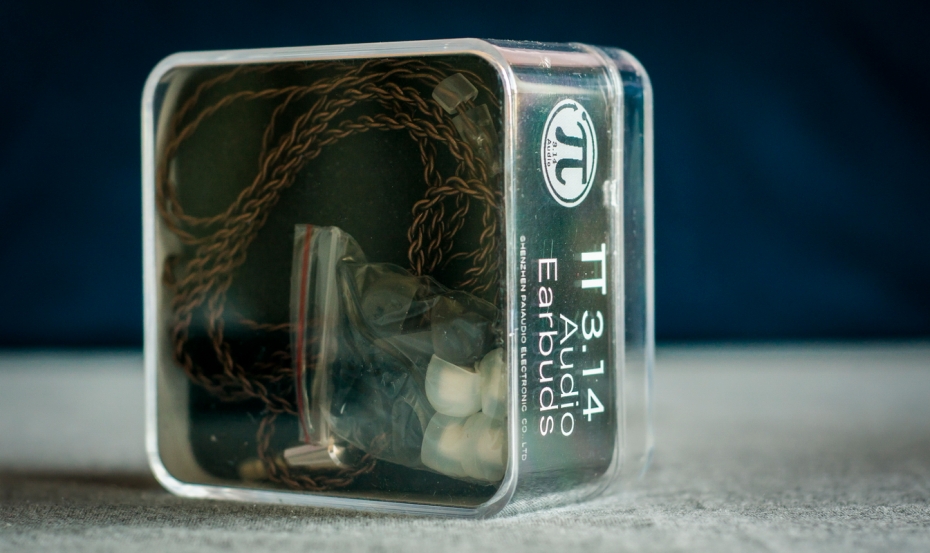
There is also one soft insert that hold IEMs at place. Since the box is transaprent, all accessories and IEMs stay visible.
Box contents:
- π3.14 DR2 IEMs
- audio cable
- 3 pairs of white silicone eartips
- 2 pairs of grey silicone eartips
- cable clip
- plastic cap for audio jack
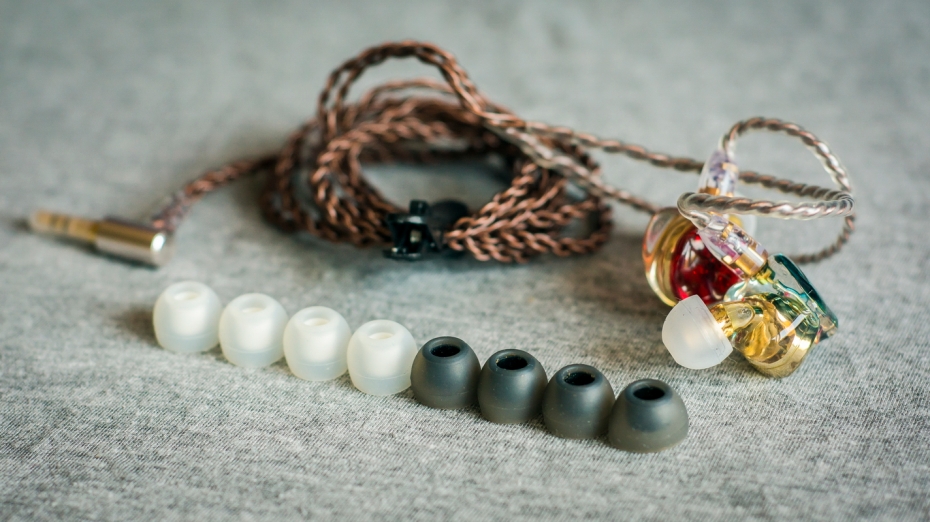
DR2 shells are made of resin except the aluminum output channels and cable ports. Shells are transparent and top sides have the additional layer of red and green for right/left channels respectively.

This layer also contans beautiful tiny aluminum «π» inside that makes the design more sophisticated and attractive.
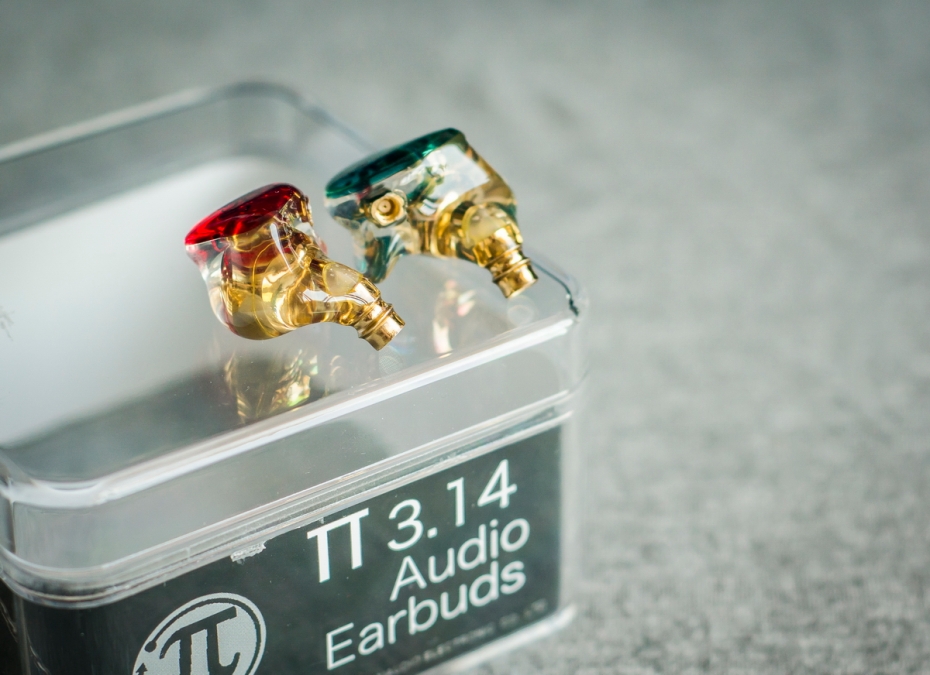
Compensational openings are drilled from the edge surface to the corresponding openings on driver assembly. Neat soldering and wires are also observable.

Output channels seem to be added at casting stage since there is no signs of glue. Channels end up with aluminum protective grills.

Stock cable is made of copper, 4 twisted lines with flexible earguides and transparent resin MMCX connectors at one side, 90° audio jack in aluminum housing on the other and transparent resin Y-splitter + limiter at the middle.

Fit:
As expected, DR2 IEMs have absolutely no issues with fit comfort. Such type of «custom» shape is the best and the most comfortable one available at mass market. The only minor complain here is the angle of flexible earguides that would push IEMs hard into the ear channels. This problem originates from tight packing inside so small box resulting into excessive earguides angle. Solution is easy — heating up earguides a bit and giving them more natural shape.
Sound quality:
Tested with Hidizs AP80 DAP

Lows and midbass:
Lows are playing the leading role in DR2 sound and building warm signature. Bass is evident, if not to say overwhelming, brought forward and stays there at any composition. Reach is quite deep, bass feels extended but the shape of it is kind of smeared. It helps a lot to make the stage deeper and wider, although the boundaries and dynamics are hardly perceptible. Bass texturing is moderate.
Midbass dynamics is much better, this range sounds pretty natural and rich. Drums don’t show any harsh peaks, articulation is fast and tight. Volume and amount of air is enough to recreate drums naturally.

Mids and vocals:
I would say that mids are taking second place and middle layer in DR2 presentation of sound. Hanging behind lows but leading if compared to treble. Thanks to such positioning, female voices are absent of any screaming notes no matter the volume level. Vocal sound full-bodied, thick and natural. Instrument separation is also quite good. What DR2 mids lack is the resolution. Amount of details could have been higher to reproduce intermittent sound of piezo pickups or bows interacting with strings. Voices expose good warm timbre but the pleasing «mellow» effect is almost absent. Such performance is pleasing and satisfying in overall unless you have been dealing with much more expensive and resolving IEMs.
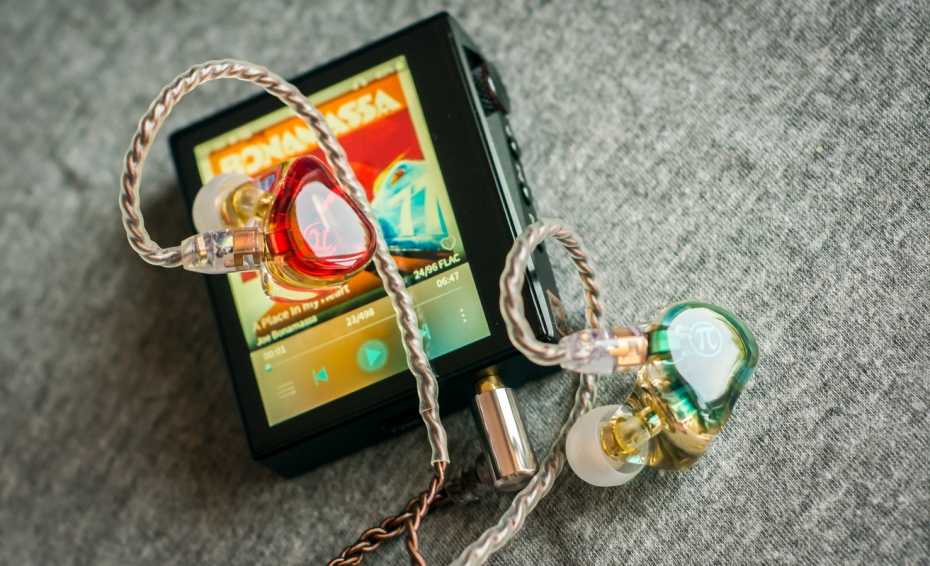
Treble:
This range is playing a secondary role and having the least presence. Peceived like this, at least. The graph should definitely show some gain elevation here, but the perception of treble is different due to the amount of lows and exposure of mids. Good treble clarity and above the average extension only gets evident in special tracks that are built upon the respective intruments and sounds. In most of the other compositions treble would act as a supplement with the sufficient presence in overall but getting shadowed by other ranges from time to time. Can’t say that treble is not enough… But it is definitely behind everything else and this is quite different to lots of current IEMs with more evident and equilateral V-shape.
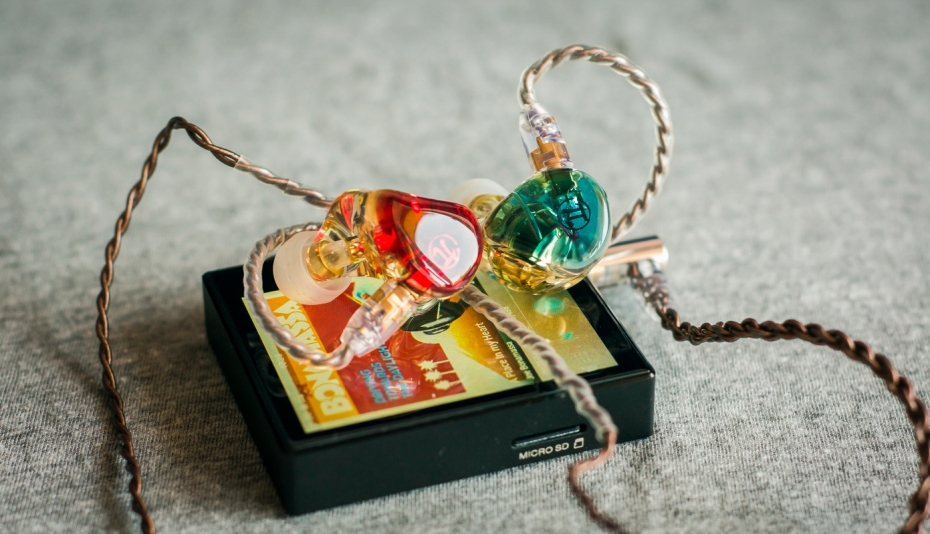
Soundstage:
One of the main advantages of DR2 IEMs is their ability to create evidently large 3D stage with good instrument separation, their defined location and good layering between the ranges. One of the best budget IEMs concerning this aspect.
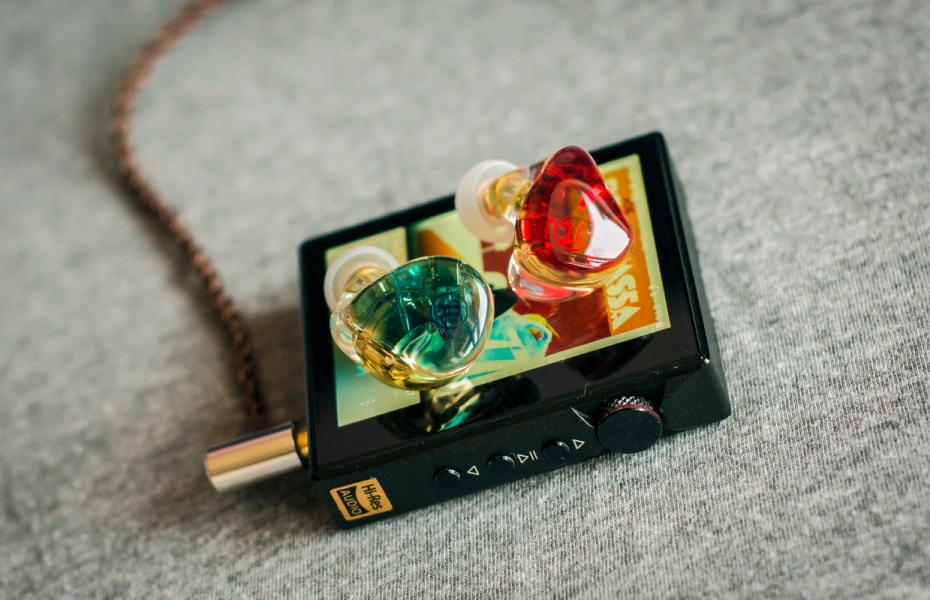
Sound in overall:
π3.14 DR2 sound could be described as warm, with significant elevation of lows, deep bass reach, natural midbass, thick and warm mids with excellent control over sibilances, laid-back treble, moderate resolution throughout all ranges and large soundstage.
Compared to BQEYZ KB100:

KB100 remain one of the best IEMs in this price. Based on a combination of BA + dynamic driver, those IEMs are capable of clear, transparent and extended treble, defined lows and good resolution on mids. They are more vivid and sharp in sound comparing to DR2 which is the reason for those who like warmth to choose DR2 instead. DR2 also a better choice in terms of midbass amount and power.
Compared to Tancjim Cora:

Tanchjim Cora is another single dynamic driver contender but its sound is the opposite — tending to bright side with lots of treble defining the picture. Cora sound more balanced since the bass is not that accented and treble is perfectly delivered. Resolution is also better. DR2 leads in terms of deep bass, midbass power and thickness of mids. DR2 is also superior in terms of fit and soundstage.
Compared to Kinera Seed:
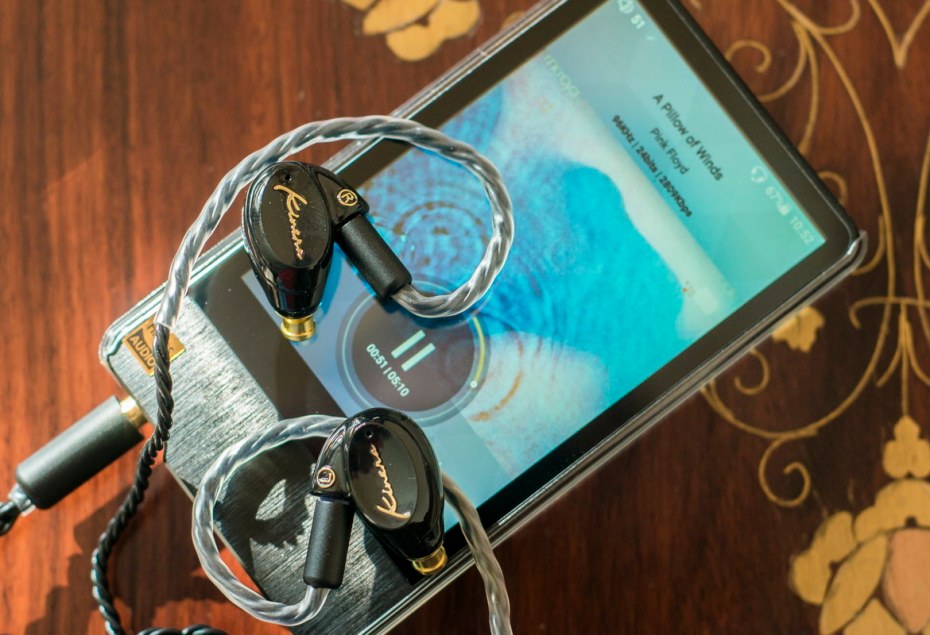
Another hybrid IEMs with very different approach. Very calm and neutral sound with no significant accents on either range. Good overall resolution, excellent treble clarity and extension, naturally exposed mids. What it lacks is the deep bass and midbass power. DR2 are better in this as well as in building larger sounstage.
Conclusion:
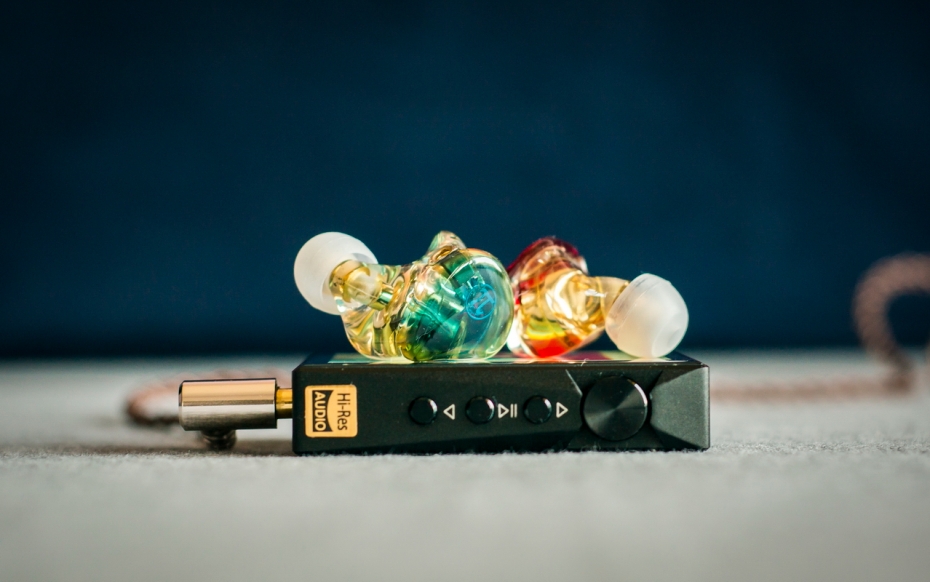
First of all, π3.14 DR2 should become perfectly satisfying choice for all of the bassheads looking for budget IEMs. Despite low price, DR2 are also building the largest soundstage with good instrument separation and layering among the contenders. Sound is warm in tonality, free of any lisping or sibilances and pleasingly thick on vocals and mids. Versatility is also ensured by the excellent fit comfort of «custom» type shells and very attractive externals. The only complain addresses moderate resolution but there was no other perfect IEMs either. Thus, leading on several parameters, π3.14 DR2 get a high score in under $50 price segment.

